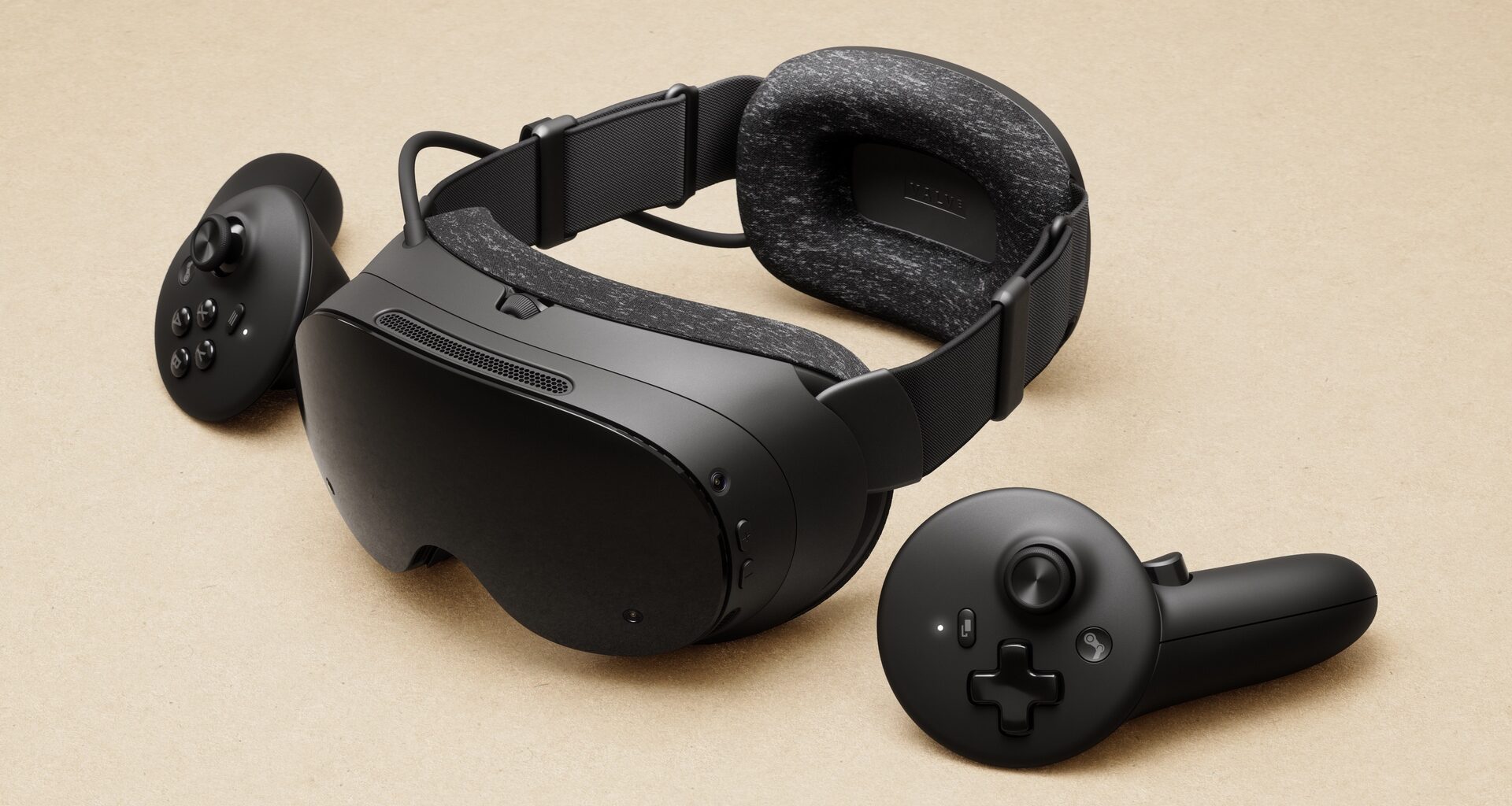The standalone headset runs SteamOS and prioritizes wireless PC streaming
Valve has finally pulled back the curtain on the Steam Frame, its long-rumored standalone VR headset. Scheduled for an early 2026 release, the device is designed to be the ultimate bridge between PC-level fidelity and wireless freedom, running on a VR-optimized version of SteamOS.
The Steam Frame’s standout feature is its ‘streaming-first’ architecture. It ships with a dedicated Wi-Fi 6E adapter that plugs directly into your PC (or the also-announced Steam Machine), creating a direct, low-latency wireless link that bypasses your home router.
This is powered by a dual-radio setup in the headset: one radio handles the heavy lifting of video and audio streaming, while the other maintains a stable internet connection.
Visually, it aims to impress with dual 2160×2160 LCD panels—matching the Quest 3’s resolution but doubling the pixel count of the older Valve Index. It supports refresh rates up to 144Hz and introduces Foveated Streaming, which uses built-in eye tracking to prioritize image quality exactly where you’re looking, significantly saving bandwidth.
The standalone dream
But it’s not just a streaming device. Like the Meta Quest 3, the Steam Frame is a fully capable standalone console.
It packs a powerful Snapdragon 8 Gen 3 processor, 16GB of RAM, and up to 1TB of storage, enabling native game performance. Crucially, because it runs SteamOS, it can play a vast library of both VR and traditional flatscreen Steam games right out of the box, and even supports Android apps.
Advertisement
Despite a rear-mounted battery, the headset is also lightweight at just 440g (for the total package). It features pancake lenses for a slim profile, built-in audio, and 6-degree-of-freedom tracking via four monochrome cameras. And while it lacks color passthrough—a win for the Quest 3—it does include infrared LEDs for playing in the dark.
With new split-pad controllers included, too, Valve is clearly positioning the Steam Frame as the premium, open-platform alternative to Meta’s walled garden. Whether it can truly make a dent in its rival’s dominance, however, remains to be seen.

